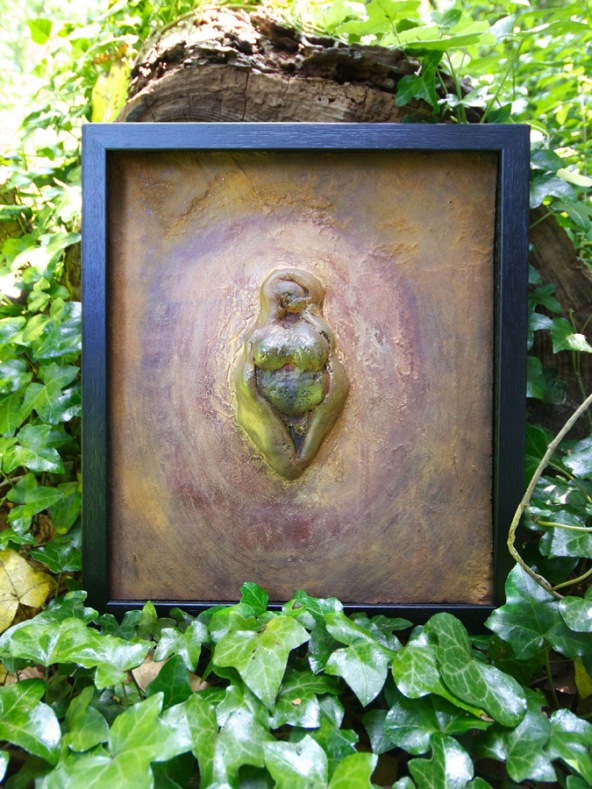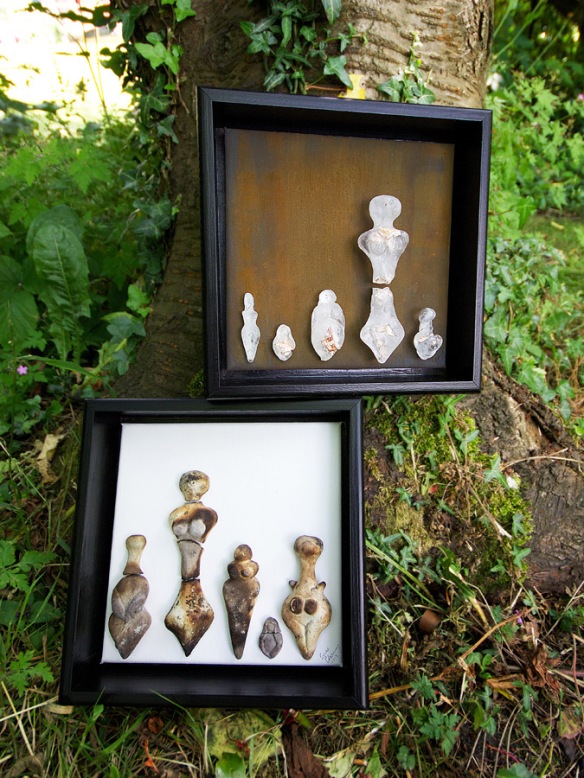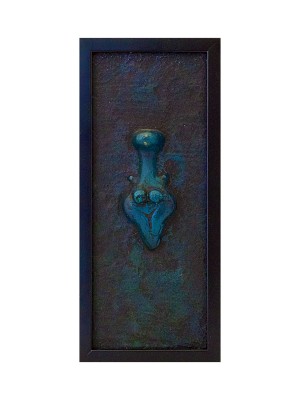The Peter Coreth Collection
By Kate Reynolds (Berkeley)
The name “Museum Humanum” suggests the approach Peter Coreth has taken in presenting his collection to the public. He has displayed objects from many ages and many cultures. He invites visitors to speculate on the meaning of these artefacts by seeing them in a context that reveals the commonality of human experience. In his written statement, describing the mission of this museum, he says he believes in the old maxim that the fight for survival (for the human race) must be fought by intellectual means rather than by violent acts.

Peter uses the phrase, “variegated expressions of human orientation,” in describing his collection. The orientation of which he speaks is grounded simultaneously in the external world of temporal events and the subjective realm of experience. The link between these two dimensions is referred to by St. Paul when he claimed, “as above, so below” and was rephrased by Goethe when he said, “as within, so without.”
There is no clearer evidence of a disorientation from this centre than our current existential crisis. Our world lacks its own image because we have lost an understanding of the coordinates that join these polarities. We no longer agree upon what is true and what is real. These agreements are provisional truths but they underlie all high cultures. In this collection we can see the evidence of these provisional truths, which are mythological. This is the reason why the collection has so much to teach us.
At present, the customary approach to studying art and cultural objects are similar to those of science. Science draws comparisons between things in horizontal lines like those in the categories of Linnaeus: one tree parallel to another, mammals more similar to each other than to molluscs. For scholars, art is studied by period, style, and within a specific culture. Contrary to the modern paradigm, the mythological mind makes vertical correspondences that liken an animal to a constellation, a planet to a colour or musical note.
A schematic representation of this theory could be pictured as a helix. It is a representation of the manifest universe. Time and space are round, seasons spinning and planets turning. All phenomena are serial, limited, and cyclic; each plane of existence reflected in the level above and below. The bridges between one thing and another do not have obvious links but come out of a tradition sunk deep in human consciousness; one that informs our individual and collective dreams (myth) and is called the Theory of Correspondances by Hermetic philosophers.
Here entities on one plane of existence correspond to the plane above through common rhythms; which is to say through a common modality or essential expression. The snake, whose sinuous movements correspond to a helix, the most seminal symbol for the life force in time, corresponds to a dragon on the plane above. The dragon is a hybred between biological and spiritual forces. It changes to an eagle on the plane above. The logic behind these links belong to a tradition long abandoned in the West, but still visible in all natural cultures. In megalithic and astrobiological cultures the mythic imagination forged links between animals and planets, musical instruments and implements of work, parts of the body and landscapes, cardinal directions and seasons. The nature of myth and these symbols are as inexplicable as consciousness itself.
It was for this reason that the orientation of the organic world of life and death was counterposed to the realm of the heavens for ancient man. In all the works of his imagination he looked for the blue print of these archetypes, for the form of the Sacred. The making of Art was not an existential exercise, but an attempt to find that which is unvarying and unchanging.
That has certainly been the quest of modern science. I would like to suggest that it may be more prudent to look to art for unvarying truths as has been done by Peter Coreth in this collection. For it is the intermediate zone between the inner and outer worlds that one can find what is constant to both. The language of this common field is art and myth.
Original Text can be found at the Museum Humanum’s Website
Don’t forget, ‘The Year of the Woman’ solo show by Criss Chaney, opens August 24th at 3pm. At Museum Humanum, Fratres 11, A-3844 Waldkirchen/Thaya, Austria. For more information please email criss@crisschaney.com.
 US and UK artists meet for exhibition of Glass and Ceramics
US and UK artists meet for exhibition of Glass and Ceramics


